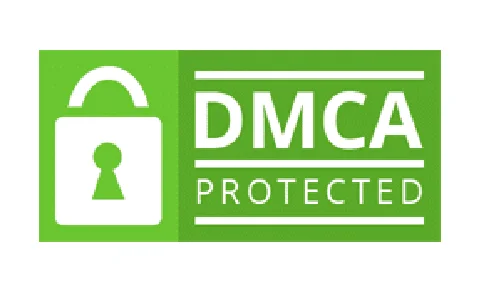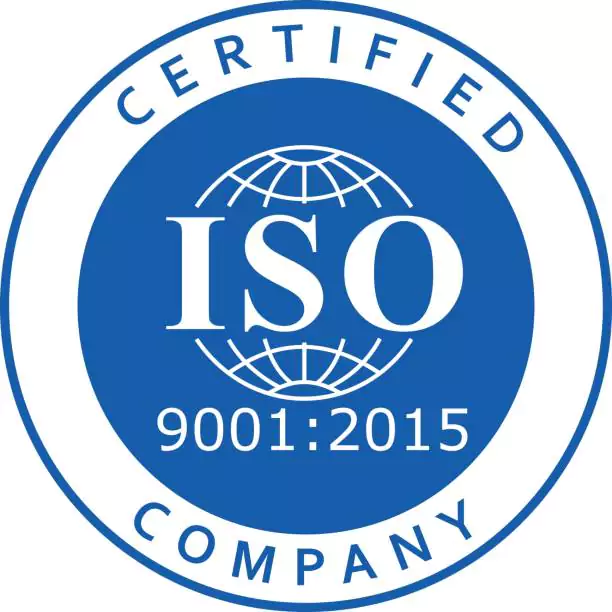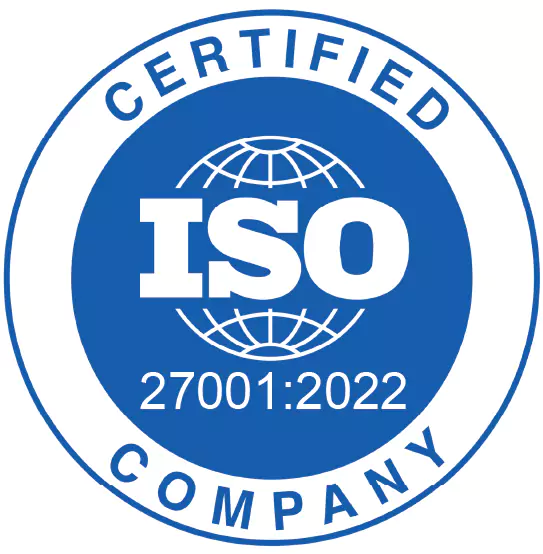The Network Access Control Market is estimated to be valued at US$ 4.26 Bn in 2024, exhibiting a CAGR of 21.8% over the forecast period (2024-2031). Furthermore, increasing need for stringent access control and advanced authentication are expected to fuel the growth of the network access control market.
Market Dynamics:
The growth of the network access control market is driven by the growing security concerns across various enterprise verticals and increasing adoption of the BYOD (bring your own device) trend. Organizations are increasingly focusing on implementing advanced access control solutions to enhance overall network security. Growing instances of cyber threats such as phishing, data breaches, and malware attacks have compelled enterprises to invest in robust access control systems for secure access management. In addition, the proliferation of smartphones and tablets among enterprises has further instigated the need for strong authentication and centralized access control policies for BYOD devices and applications. Network access control solutions allow enterprises to monitor usage and enforce security policies, thereby strengthening the overall security posture. The increasing demand for mobility coupled with security will continue to propel the growth of the network access control market over the forecast period.
Market Drivers: Increased Demand for Secure Access to Corporate Networks is Driving Market Growth
One of the primary drivers for the network access control market is the growing need for secure access to corporate networks. With more employees working remotely and relying on personal devices, traditional firewalls and Virtual Private Network (VPNs) are no longer sufficient to secure access. Network Access Control solutions offer centralized control and visibility to secure who and what is connecting to the network. They can identify devices, check for security policies and vulnerabilities, and enforce access control based on the security profile. This provides IT teams better control and assurance that only authorized and compliant devices can access critical business resources. The shift towards cloud and mobile working has increased the attack surface for organizations, further fueling the need for robust access control and security posture assessment delivered by NAC solutions.
Market Driver: Stricter Compliance Regulations are also Boosting the Adoption of NAC
Another key driver is the stringent regulatory compliance requirements around data privacy and security. Regulations like GDPR in Europe and HIPAA in the U.S. healthcare sector mandate that organizations properly secure access to sensitive customer and patient data. NAC solutions automate compliance checks to validate devices meet security baselines before allowing network access. They assess configurations, vulnerabilities, and ensure devices have latest patches installed. This helps organizations demonstrate compliance and reduce auditing risks. The penalties for non-compliance have also increased substantially, acting as an incentive for companies to adopt network access controls to streamline audits and avoid hefty fines for violations.
Market Opportunities: Operational Complexity Poses a Challenge for Wider Adoption
One restraint hampering the growth of the Network Access Control market is the complexity associated with deployment and management of these solutions. NAC requires integration with various network devices, operating systems, applications and directory services which can be a difficult and time-consuming process. It also needs adapting change management processes to roll-out new policies and handle remediation workflows. For medium and small businesses lacking dedicated security teams, operational complexity poses a high barrier. This is a key pain point restricting the network access control market to larger enterprises with dedicated security budgets and staff. Simplified solutions with lower integration requirements are needed to drive adoption among SMBs.
Market Restraints: Lack of Skilled Security Personnel is another Hurdle
The shortage of cybersecurity professionals with NAC skills is another major challenge restraining wider market growth. NAC solutions require specialized knowledge to deploy, configure advanced policies, integrate across diverse environments, and automate compliance checks. With security talent in high demand and short supply, it is difficult for many organizations to find and retain skilled staff for managing complex NAC rollouts and upgrades. Those relying on managed service providers also face delays due to resource constraints. This technical expertise gap discourages some buyers and limits the pace of deployments for network access control systems. Vendors need to simplify management and provide training to help alleviate this skills shortage issue over time.
Market Restraints: Increased IoT Adoption Presents Lucrative Opportunities
One significant opportunity area for NAC vendors is securing access for burgeoning Internet of Things (IoT) devices on corporate networks. Most organizations now have hundreds or thousands of IoT endpoints like IP cameras, Heat Ventilation and Air Conditioning (HVAC) systems, medical devices connected, and bring new vulnerabilities if not properly secured. NAC is well positioned to manage IoT access at scale through device profiling, authentication, and continuous monitoring of configurations. Leveraging existing NAC infrastructure to gain visibility and control over heterogeneous IoT fleets can deliver compelling security benefits. This massive proliferation of IoT at the edge opens up a sizable untapped market segment for network access solutions over the coming years.
Market Opportunities: Work from Home Rise Augments Remote Access Needs
Another potential opportunity lies in addressing the surge in remote and mobile work fueled by the pandemic. With more employees, contractors and guests requiring VPN or direct network access from non-corporate devices, the need for centralized access governance has grown exponentially. NAC vendors enhancing their solutions for SD-WAN, ZTNA, and SASE architectures can gain an edge in this new distributed workforce landscape. Approaches combining NAC with Zero-Trust capabilities for granular remote access control, device authorization, and conditional access policies have especially strong growth prospects. This paradigm shift to hybrid working models expands the total addressable market for network access governance platforms.
Link - https://www.coherentmarketinsights.com/market-insight/network-access-control-market-4017
Key Developments:
- In November 2023, Suprema Inc. is a global leader in biometric technology, specializing in providing cutting-edge solutions for access control, time and attendance management, and identity verification. launched the BioStation 2a, an embedded with cutting-edge AI algorithm based on deep learning, for highly accurate, and fast fingerprint recognition
- In April 2023, VMware, Inc. is a leading global provider of software solutions for cloud computing, virtualization, and digital workspace technology. partnered with Lookout, Inc., a cloud-based endpoint security solutions provider, to develop data protection and network connectivity solutions, integrating VMware SD-WAN with Lookout Cloud Security Platform for a secure access service edge (SASE) solution
- In January 2023, Microsoft Corporation is a global technology company that develops, manufactures, licenses, supports, and sells a wide range of software products, devices, and services. collaborated with Cloudflare, Inc., a cloud security services provider, to develop Zero Trust security solutions, enhancing network security and automation across businesses
- In November 2022, Microsoft Corporation partnered with Lockheed Martin to develop solutions for the Department of Defense, providing a 5G-powered secure platform to the defense industry
- In September 2022, IBM Corporation is a multinational technology company that offers a wide range of hardware, software, and services. partnered with Bharti Airtel, an India-based communications solutions provider, to integrate IBM Corporation's hybrid cloud offerings with Airtel's edge computing platform, driving secure 5G-powered innovation for Indian enterprises
Key Players:
Cisco, SAP Access Control, Sophos, Fortinet, Huawei, Extreme Networks, Check Point Software Technology, Microsoft Corporation, Hewlett Packard Enterprises (HPE), Juniper Networks, Inc., IBM Corporation, Broadcom, Inc., ManageEngine, VMware, Forescout Technologies, and Aruba ClearPass






